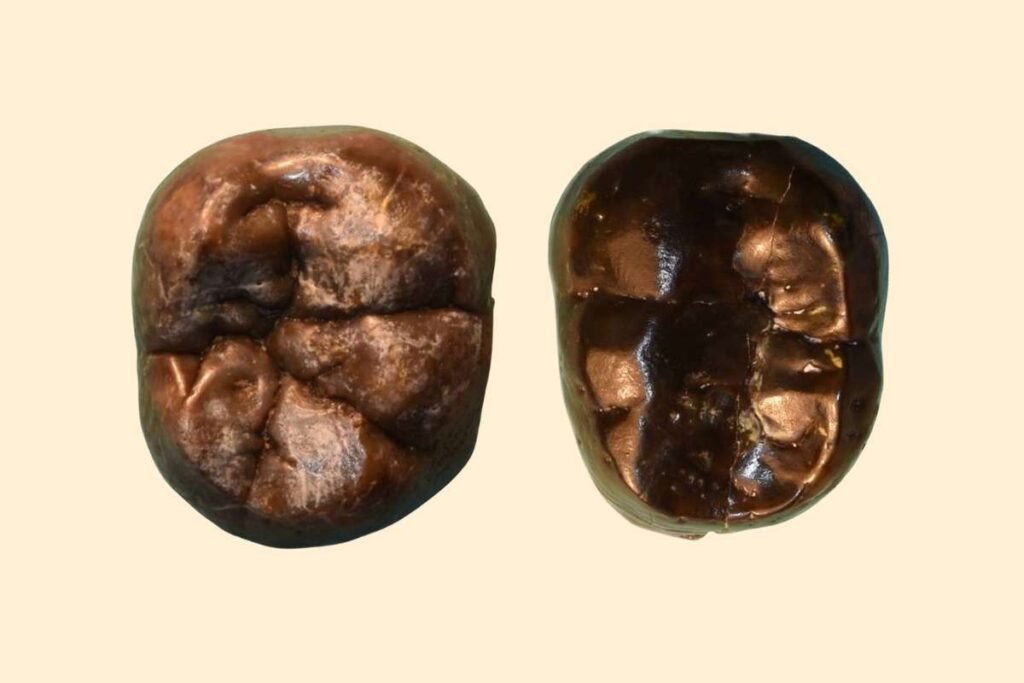In a groundbreaking scientific development, researchers have recovered protein fragments from a 24-million-year-old rhinoceros Ancient Tooth fossil, the oldest protein ever successfully sequenced. The fossil, excavated decades ago from the Haughton Crater on Devon Island in the Canadian Arctic, was reexamined by a team from the University of Copenhagen’s Globe Institute and the Canadian Museum of Nature. Their findings, published in Nature, push the known limits of protein preservation deeper into Earth’s past than ever thought possible.
Tooth enamel, the hardest biological tissue in vertebrates, played a crucial role in protecting these proteins over millions of years. While ancient DNA typically degrades beyond recognition after two million years, these enamel proteins survived more than ten times that duration, setting a new benchmark for molecular preservation.
Inside the Ancient Tooth : What the Proteins Reveal
Using an innovative, digestion-free technique, the team extracted over 250 amino acids representing seven specific enamel proteins, including AMELX, ENAM, and AMBN. These molecular sequences confirmed that the fossil belonged to an extinct Miocene rhinoceros genus called Epiaceratherium, dating between 21 and 24 million years ago.
Lead author Ryan Paterson emphasized enamel’s unmatched ability to preserve biomolecules, acting like a sealed vault against environmental decay. Co-author Danielle Fraser explained that this molecular evidence provides a clearer view of rhino evolution and helps restructure the family tree of these prehistoric mammals.
Importantly, similar protein extractions were performed on fossils from Kenya’s Turkana Basin—some up to 18 million years old—despite extreme tropical conditions. This suggests that enamel protein preservation may not be limited to cold climates, though experts advise cautious interpretation due to preservation variability in such regions.
A New Era for Paleontology
This discovery ushers in a new frontier in paleogenetics. Unlike DNA, which rapidly breaks down, proteins can survive across tens of millions of years, carrying valuable clues about an organism’s sex, diet, and evolutionary relationships. Scientists now believe enamel-based protein studies could soon reach as far back as the dinosaur era.
Enrico Cappellini, a senior paleoproteomics researcher and co-author, noted that dinosaur protein recovery, once considered science fiction, might become reality within the next decade. Harvard’s Daniel Green echoed this vision, calling the current breakthrough a “monumental step forward” in accessing the molecular past of extinct species.
As the field of molecular paleontology evolves, this 24-million-year-old rhino Ancient Tooth marks more than just a record-breaking find; it represents a key to unlocking ancient biological history hidden in the hardest materials of Earth’s fossil record.
Sources:
https://www.cnn.com/2025/07/15/science/ancient-protein-rhino-fossil









